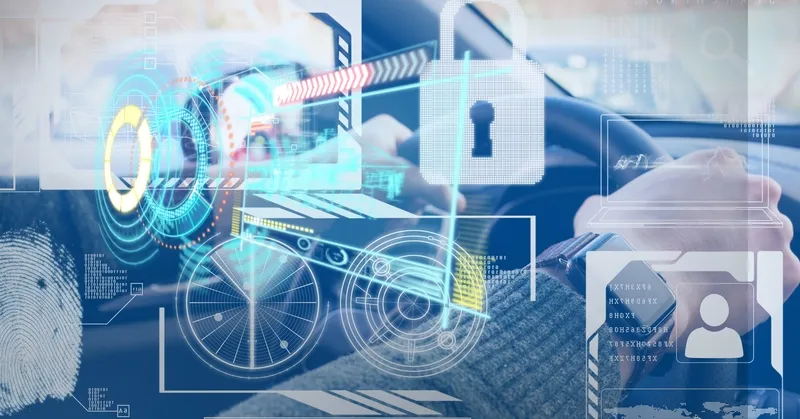New findings from Juniper Research reveal that the automotive head-up display (HUD) market will exceed 16 million installed units by the end of 2021, with the market anticipated to expand fourfold during the forecast period 2016-2021.
The new research, Automotive HUDs: Innovations, Strategies & Leaders 2016-2021, found that the market will be driven by increased adoption in mass-market vehicles, with growth boosted by aftermarket HUD sales. Juniper believes that the market will begin to accelerate in 20
July 13, 2016
Read time: 2 mins
New findings from 7194 Juniper Research reveal that the automotive head-up display (HUD) market will exceed 16 million installed units by the end of 2021, with the market anticipated to expand fourfold during the forecast period 2016-2021.
The new research, Automotive HUDs: Innovations, Strategies & Leaders 2016-2021, found that the market will be driven by increased adoption in mass-market vehicles, with growth boosted by aftermarket HUD sales. Juniper believes that the market will begin to accelerate in 2017 as more OEMs integrate HUDs into their medium segment cars and predicts that around one in eight new vehicles will come with an OEM-fitted HUD by 2021.
The research claims that augmented reality (AR) is the most exciting advance in HUD innovation with navigation and ADAS safety warnings being the biggest opportunities. The availability of sophisticated AR content could be a game changer leading to an upswing in HUD installations if drivers perceive value to the technology.
However, cost and technical challenges remain which, coupled with production delays, mean that AR-HUDs will account for less than 6sixper cent of the OEM HUD market by 2021.
As more content is added, there is a danger of information overload for the driver, particularly in the case of smartphone-based aftermarket HUDs, where vendors seem keen to add infotainment-type content in a bid to make their products look as appealing as possible to potential customers.
“At present, there is a legal void with respect to what type of content should or should not be displayed on HUDs”, said research author Gareth Owen. “The NHTSA is currently studying HUD displays and plans to issue guidelines soon which could hit aftermarket HUD sales in the coming years.”
The new research, Automotive HUDs: Innovations, Strategies & Leaders 2016-2021, found that the market will be driven by increased adoption in mass-market vehicles, with growth boosted by aftermarket HUD sales. Juniper believes that the market will begin to accelerate in 2017 as more OEMs integrate HUDs into their medium segment cars and predicts that around one in eight new vehicles will come with an OEM-fitted HUD by 2021.
The research claims that augmented reality (AR) is the most exciting advance in HUD innovation with navigation and ADAS safety warnings being the biggest opportunities. The availability of sophisticated AR content could be a game changer leading to an upswing in HUD installations if drivers perceive value to the technology.
However, cost and technical challenges remain which, coupled with production delays, mean that AR-HUDs will account for less than 6sixper cent of the OEM HUD market by 2021.
As more content is added, there is a danger of information overload for the driver, particularly in the case of smartphone-based aftermarket HUDs, where vendors seem keen to add infotainment-type content in a bid to make their products look as appealing as possible to potential customers.
“At present, there is a legal void with respect to what type of content should or should not be displayed on HUDs”, said research author Gareth Owen. “The NHTSA is currently studying HUD displays and plans to issue guidelines soon which could hit aftermarket HUD sales in the coming years.”










